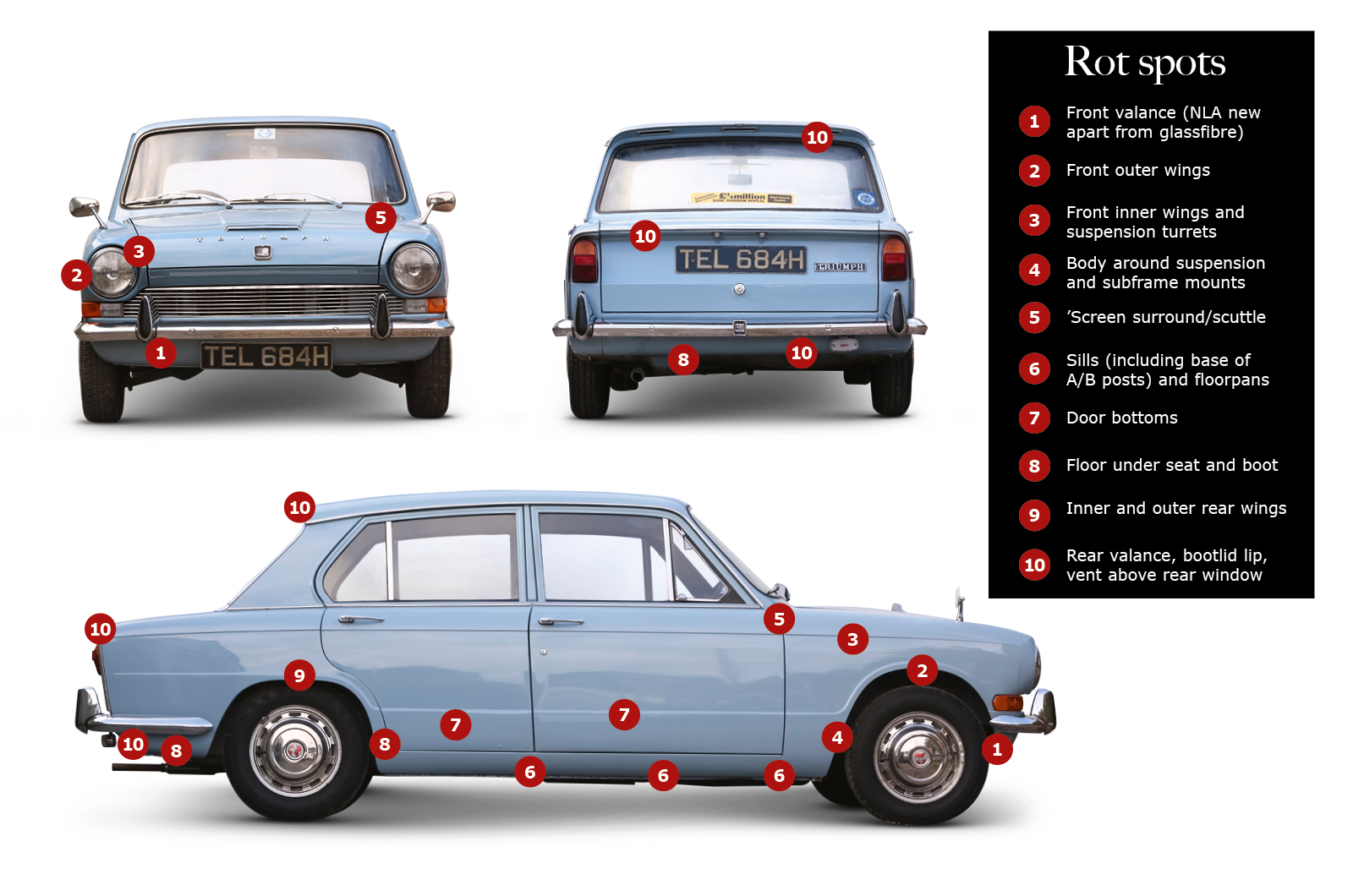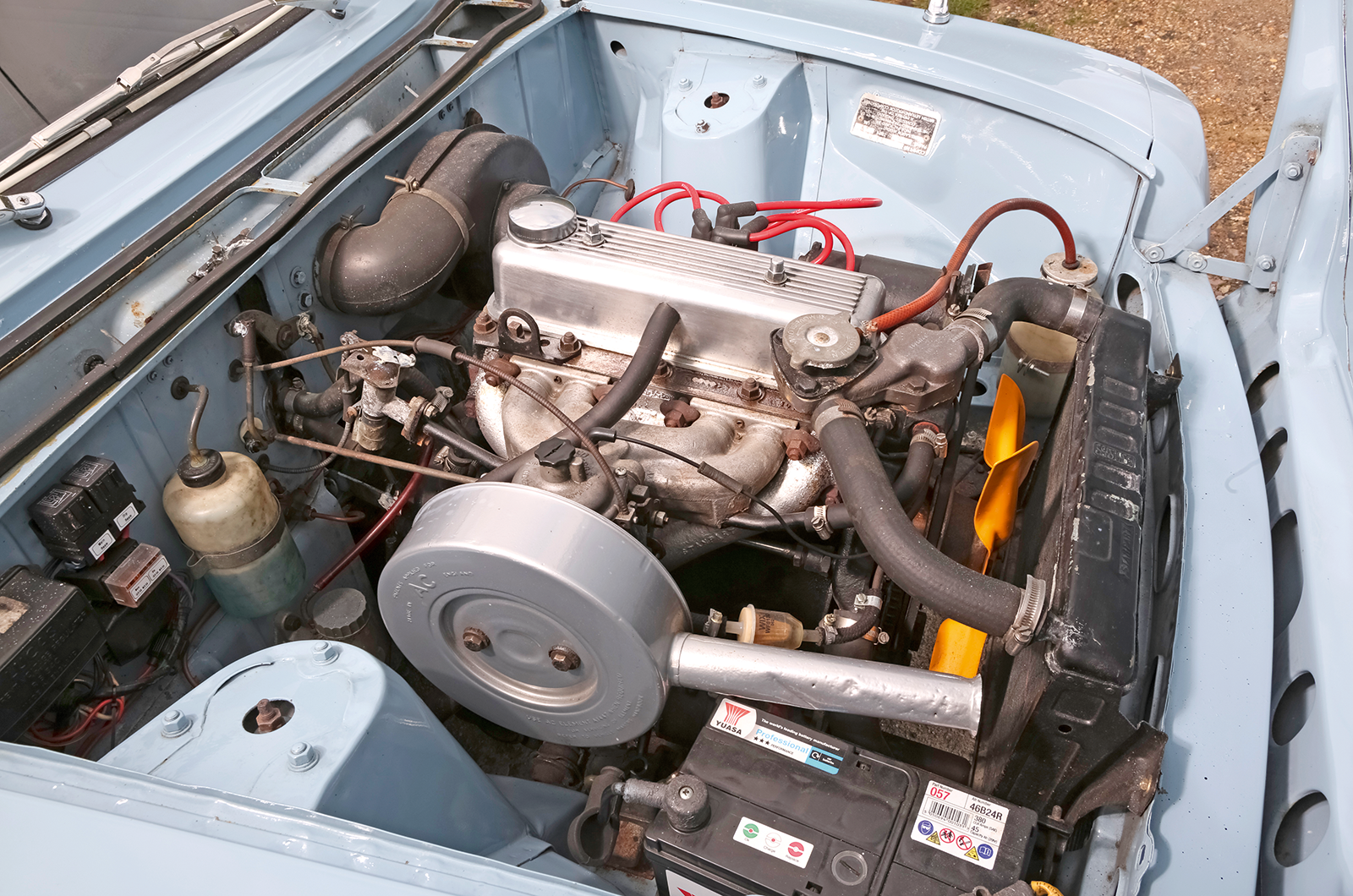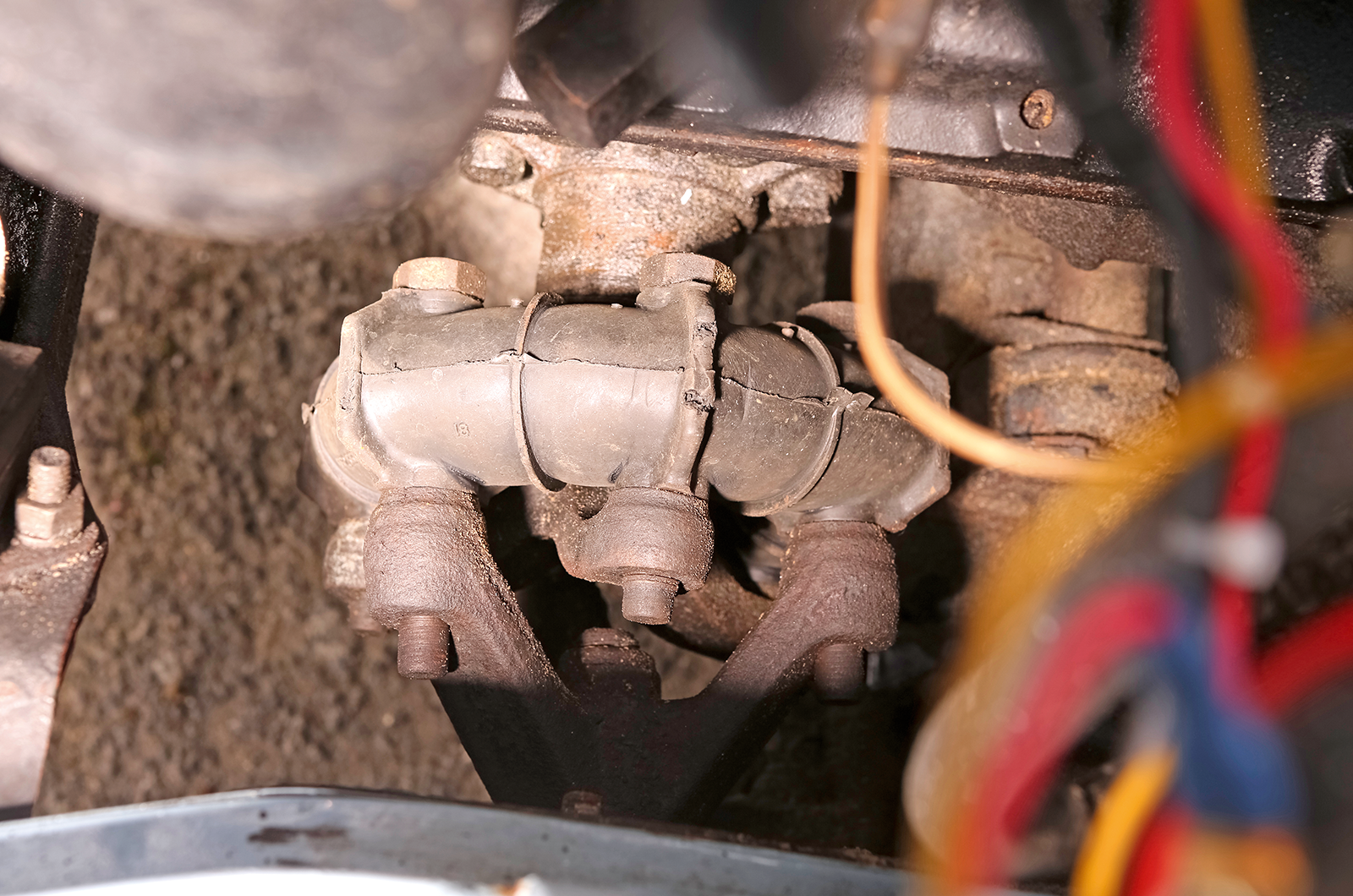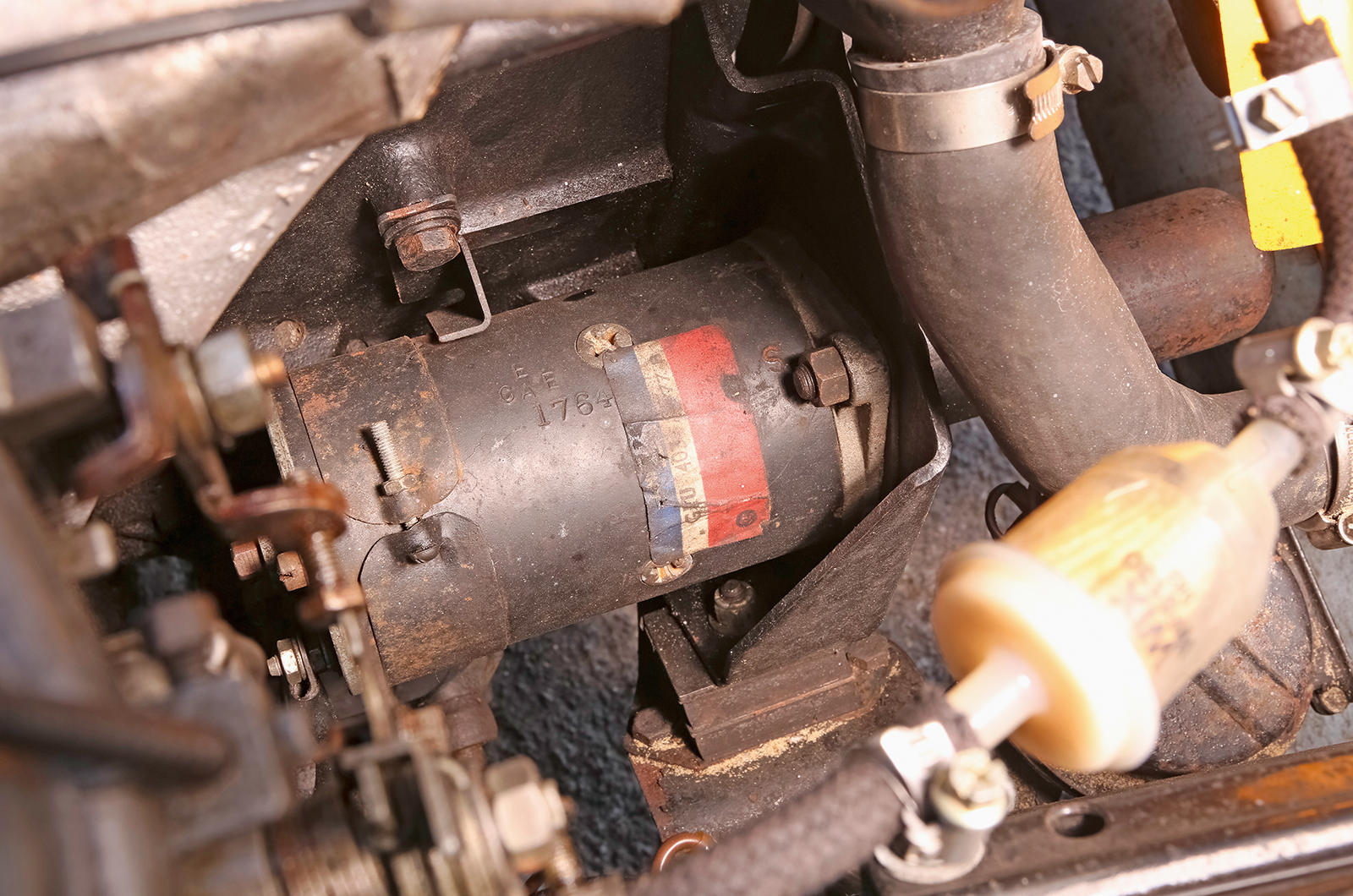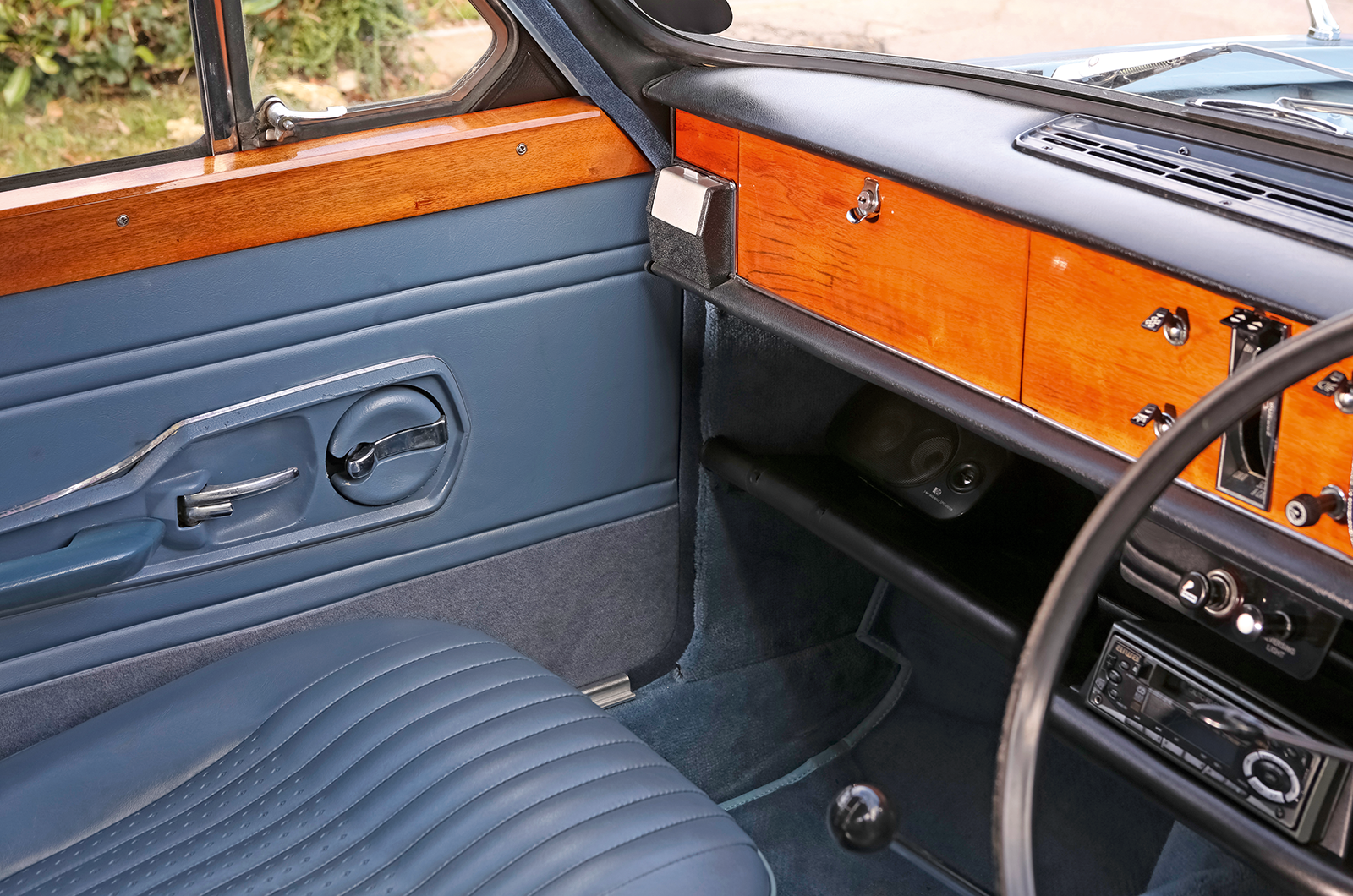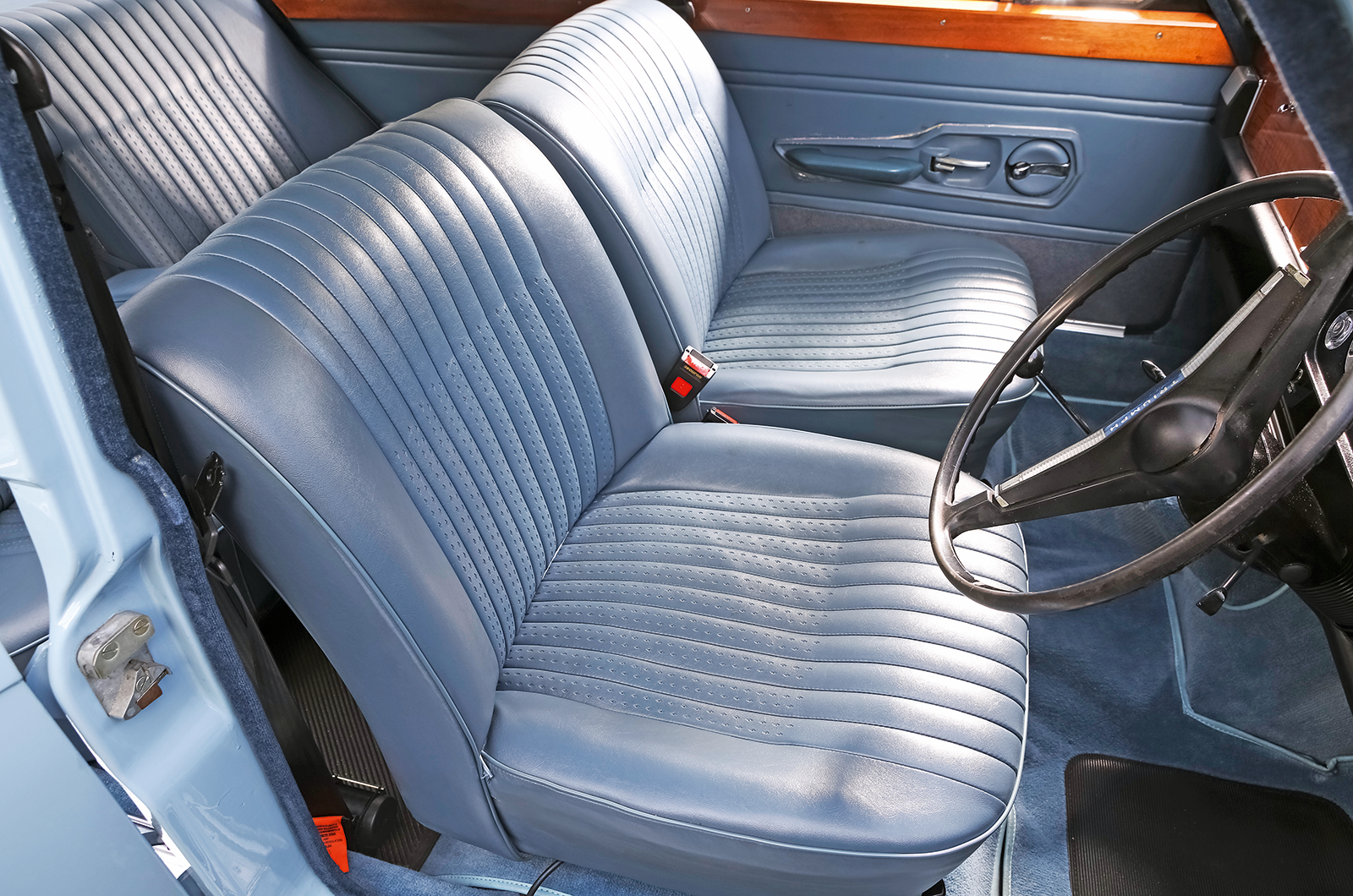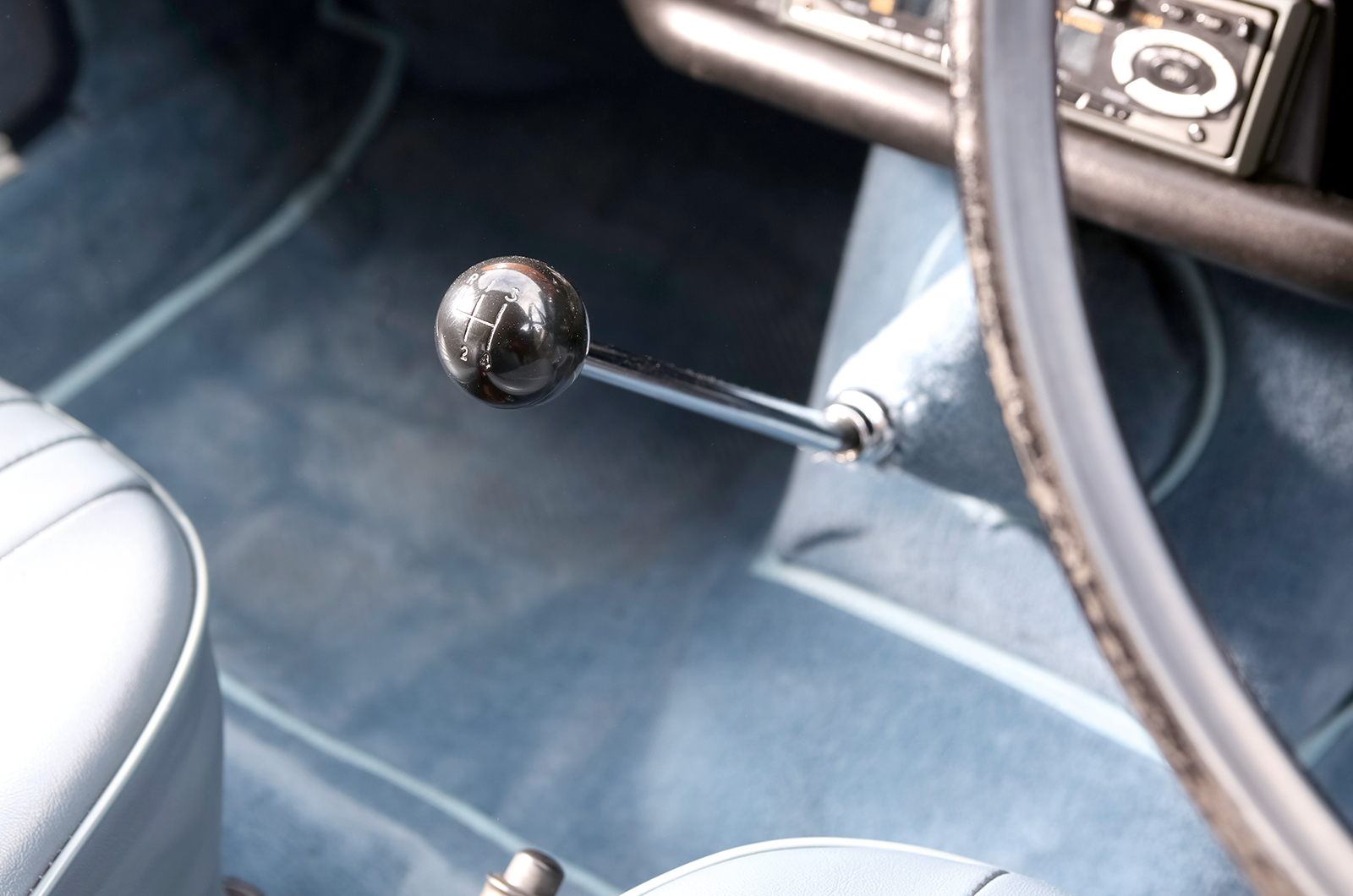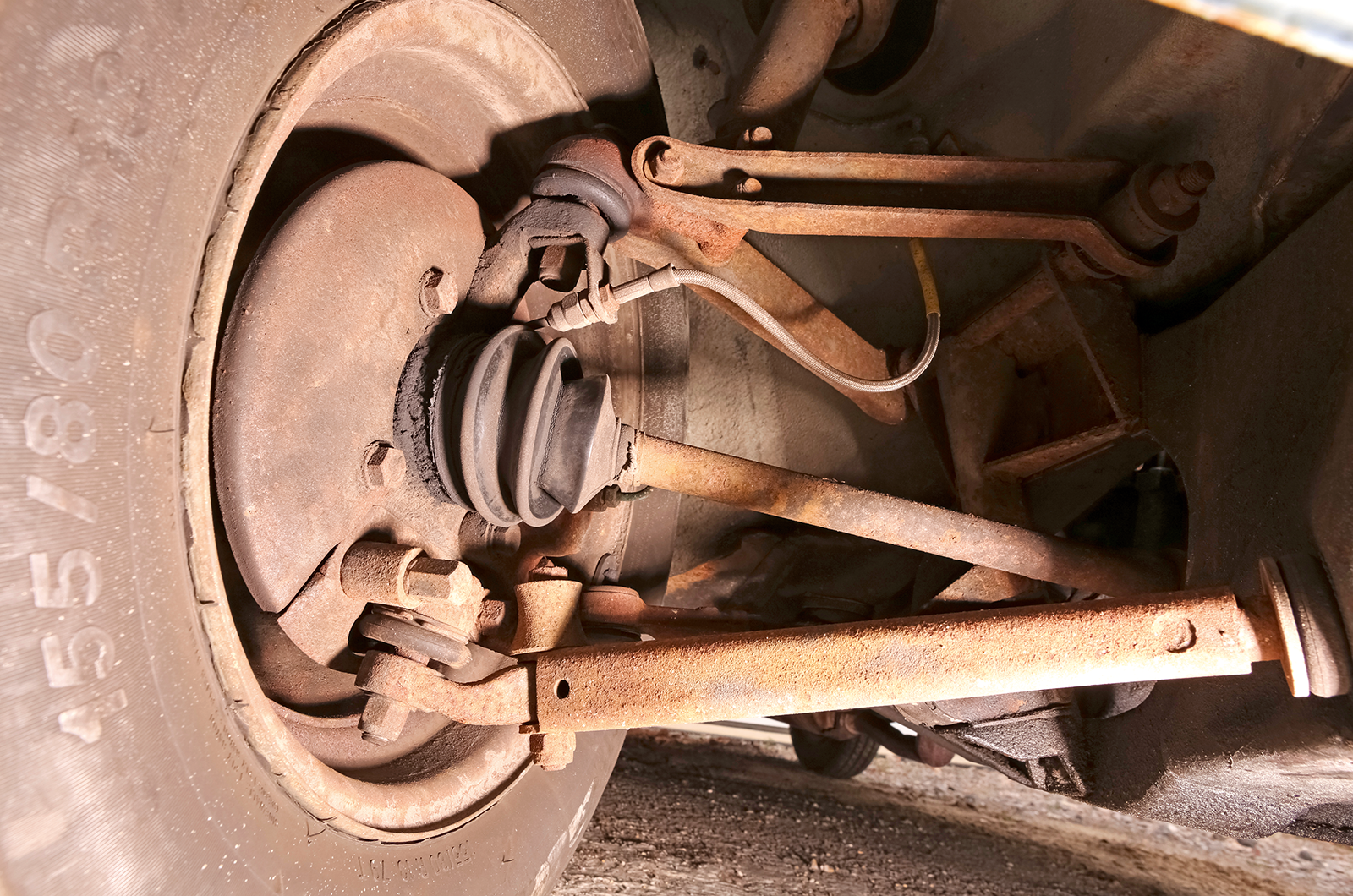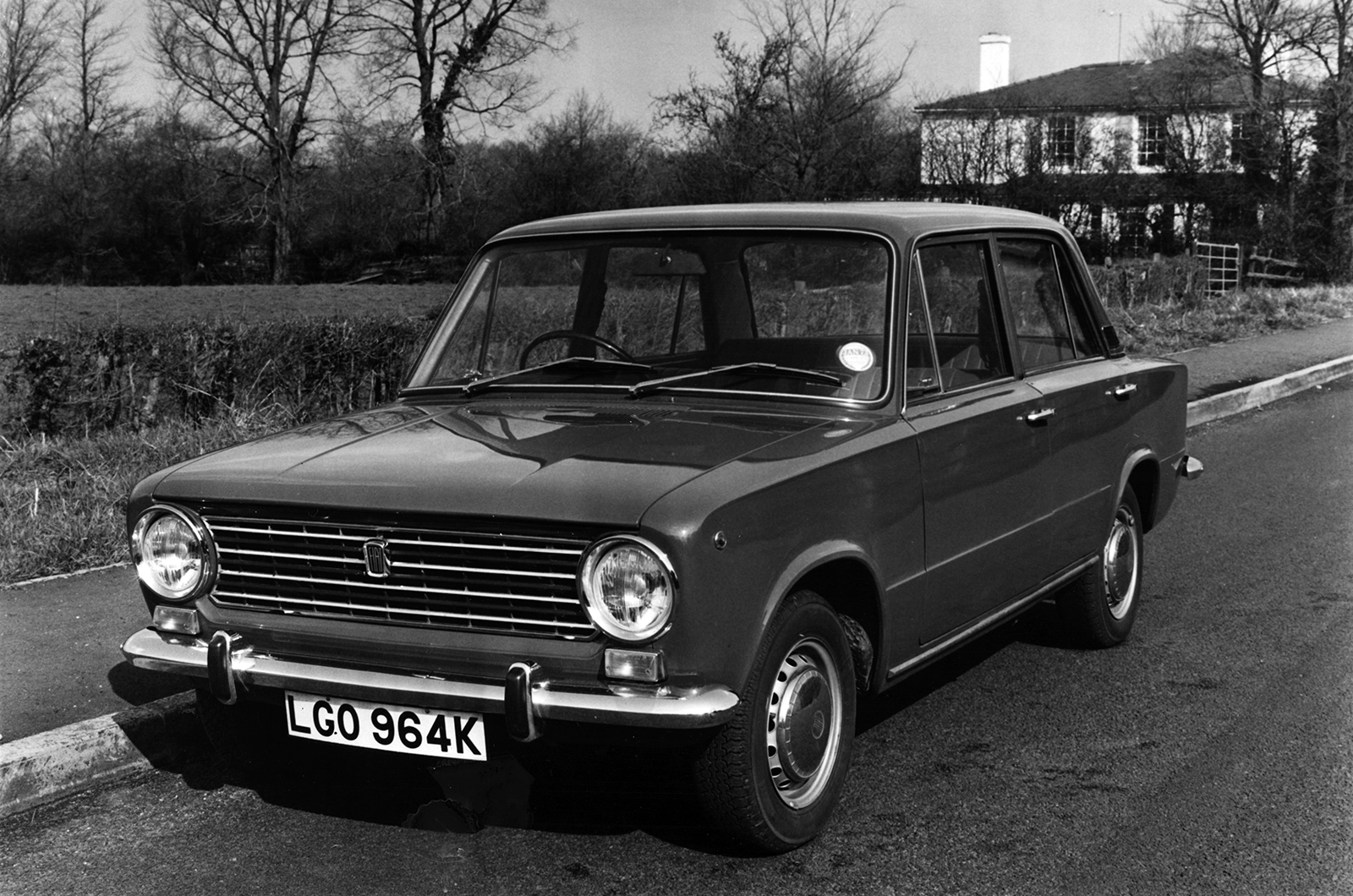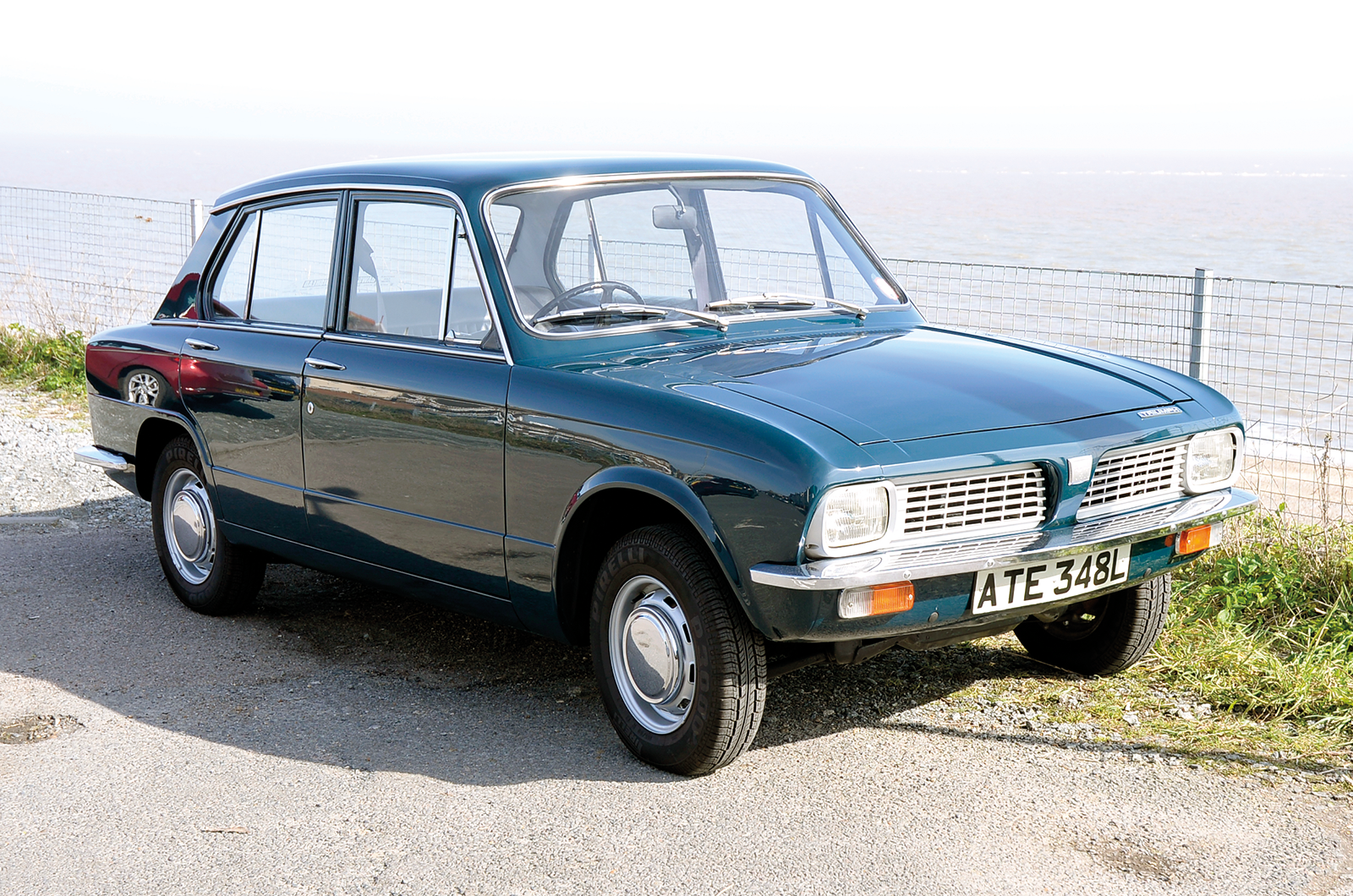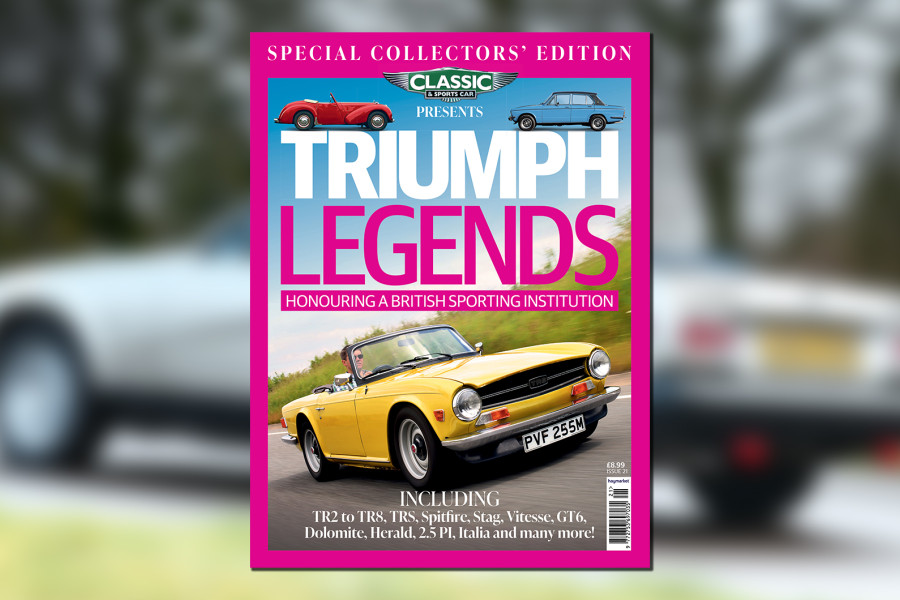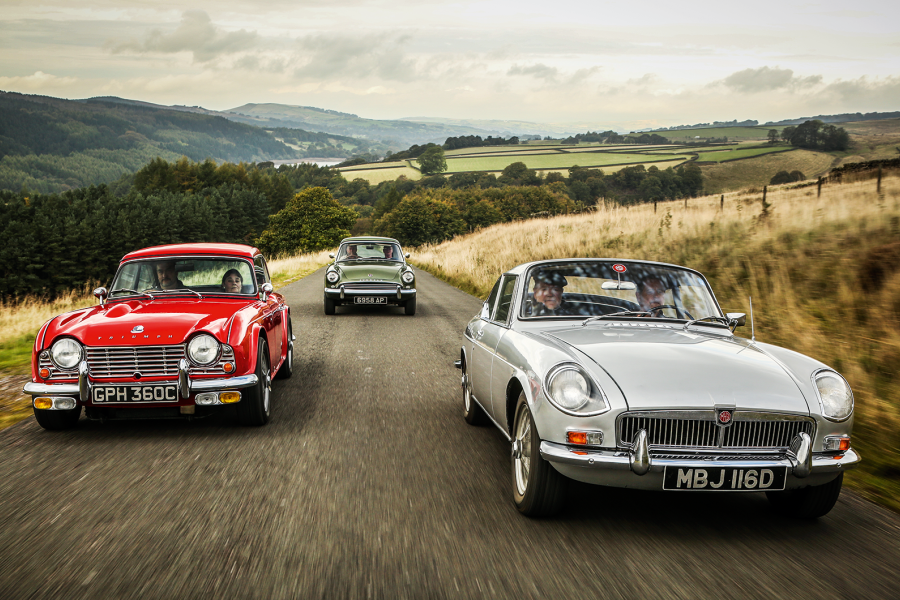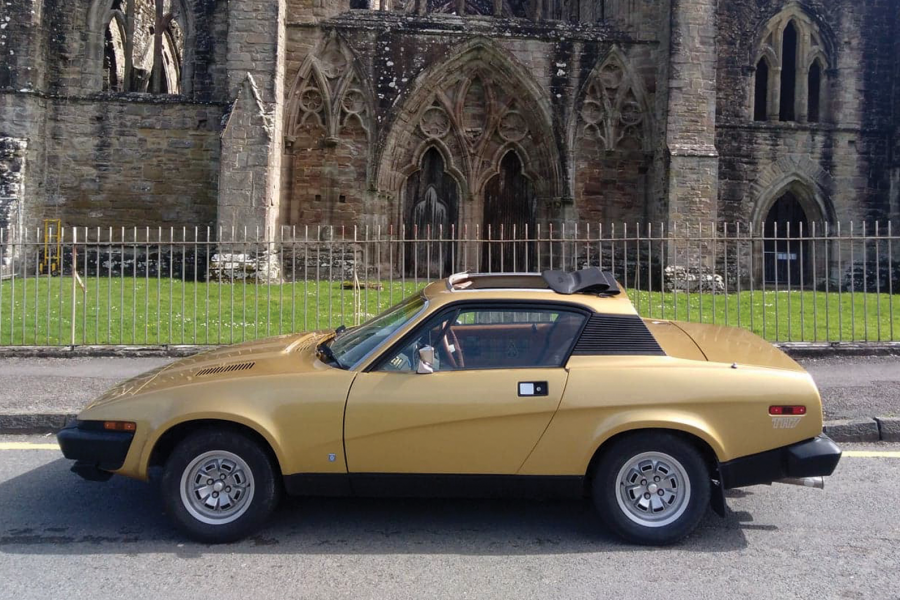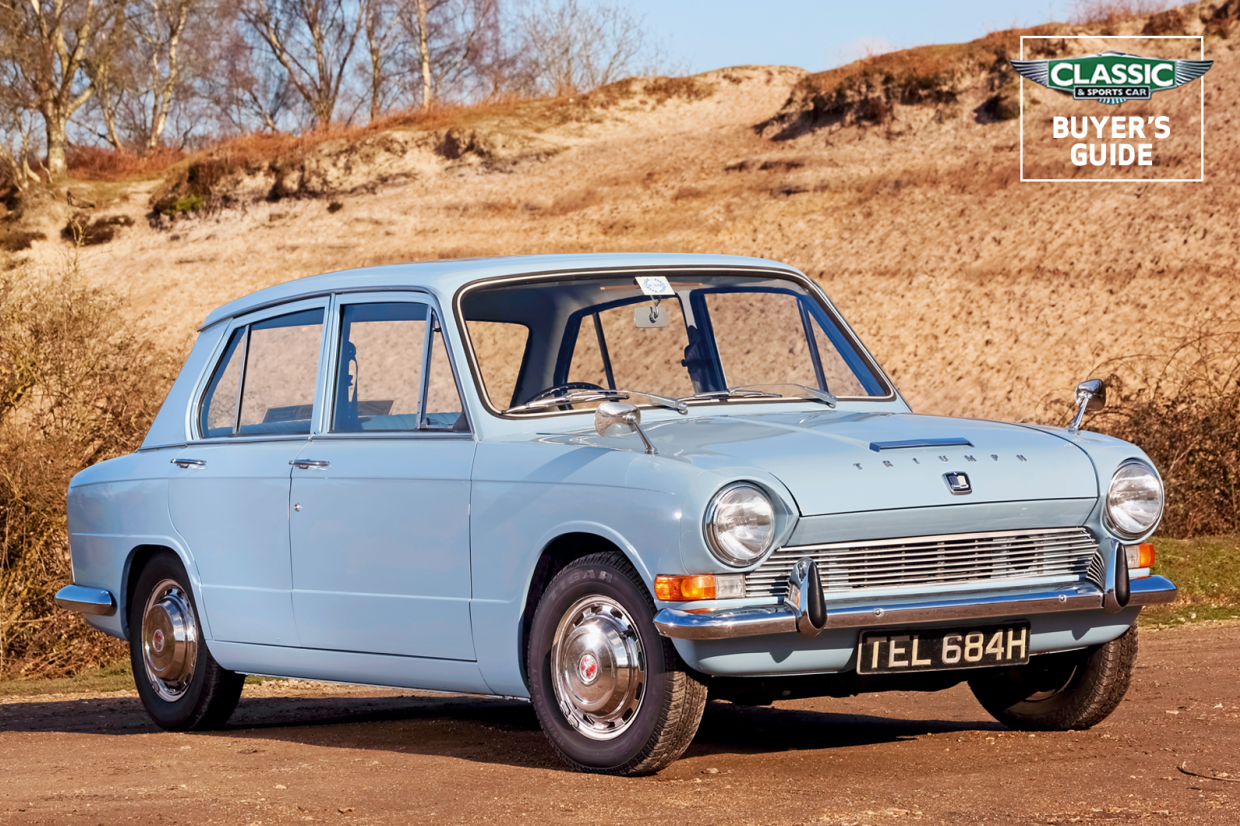
Why you'd want one
Triumph’s 1300 was a brave venture. It lacked the character and DiY-friendliness of the Herald, but the company’s first front-wheel-drive model – and first small monocoque – was well engineered, with semi-trailing arm rear suspension and a comfortable, quality feel that received rave reviews on test.
Front drive was the obvious way to go after the success of the Mini, and the arrival of the BMC 1100 confirmed its packaging advantages. But Triumph, then part of Leyland but not yet joined up with BMC, wasn’t going to follow blindly.
Instead, Harry Webster placed the Herald motor in-line – with the gearbox below and partly behind – and the final drive immediately under the sump. It meant a fairly high bonnet, but could use the engine unchanged bar crank and sump.
To get good performance in what was a heavyish bodyshell for its class, the 1147 unit was taken out to 1296cc and fitted with an eight-port head, based on that developed for the Le Mans Spitfires.
The 1296cc engine would soon be used in the Spitfire, too, and would eventually give the Herald a new lease of life as well, as development costs forced Leyland to take the 1300 upmarket. Four doors and luxury trim, with innovative fold-flush window winders, added to the appeal.
Michelotti penned sophisticated (if chunky) mini-2000 styling, and the in-line engine meant no loss of Triumph’s trademark tight turning circle, with double-wishbone front suspension.

